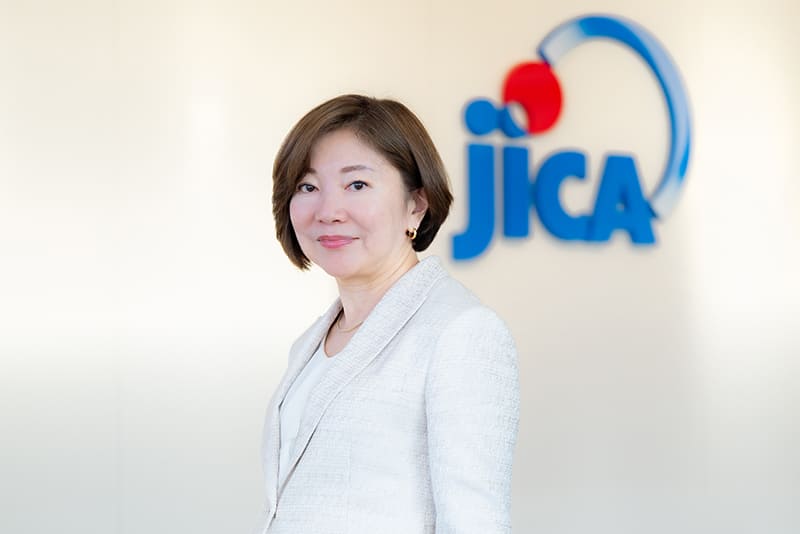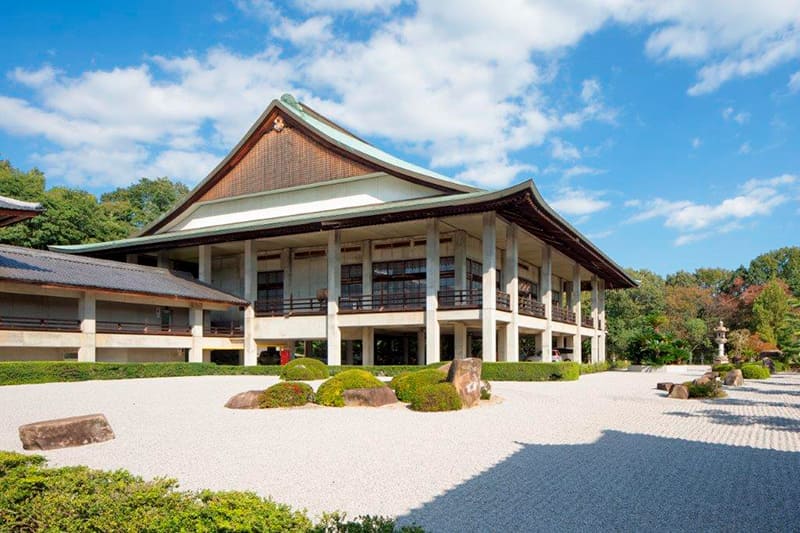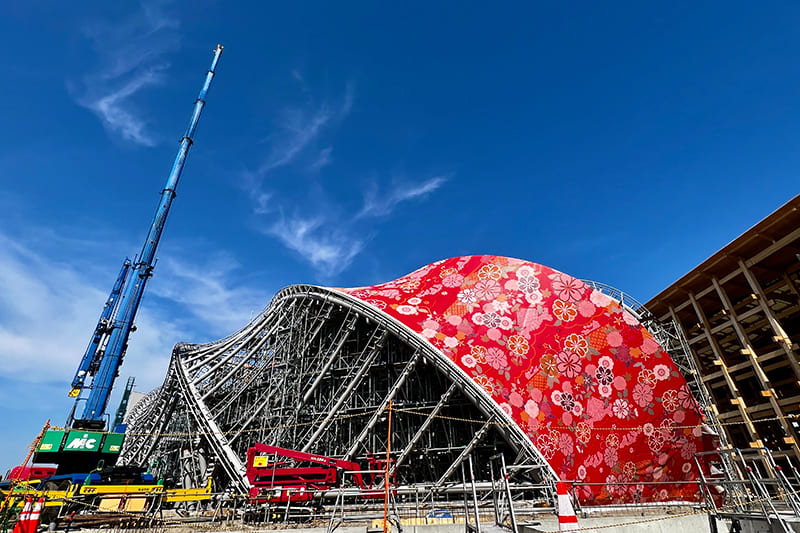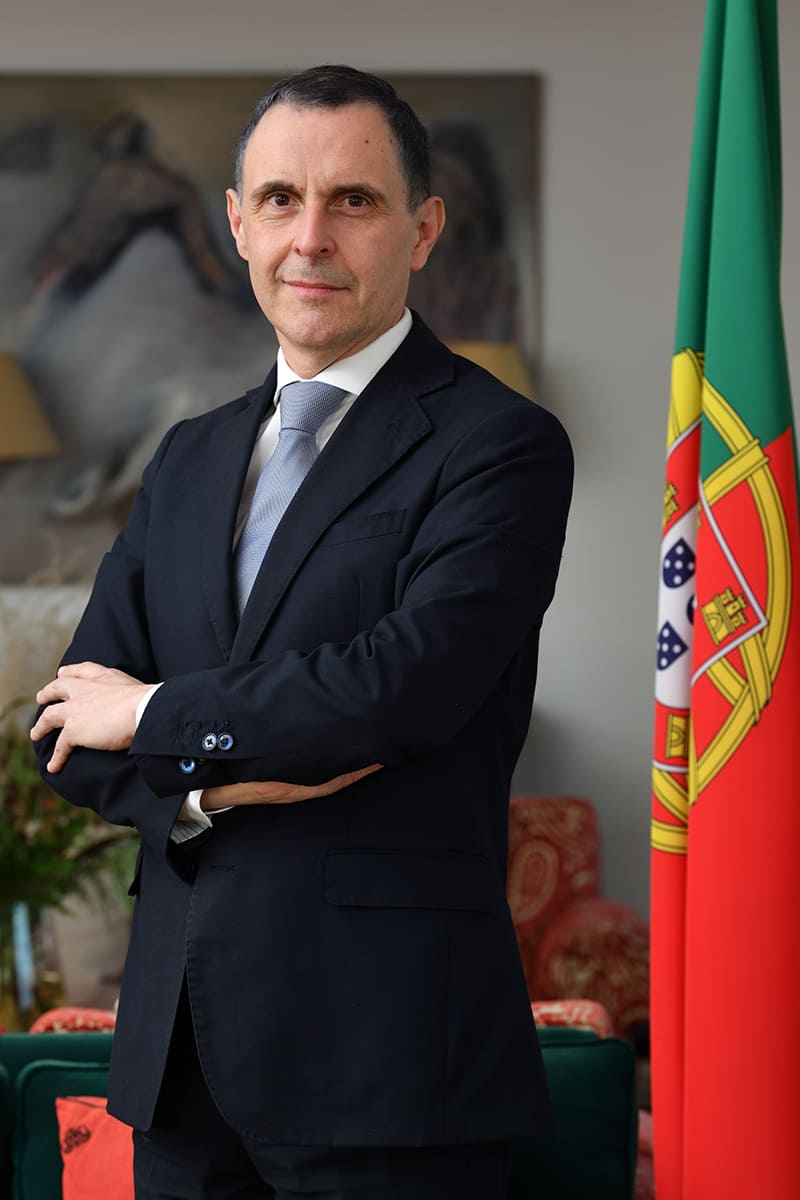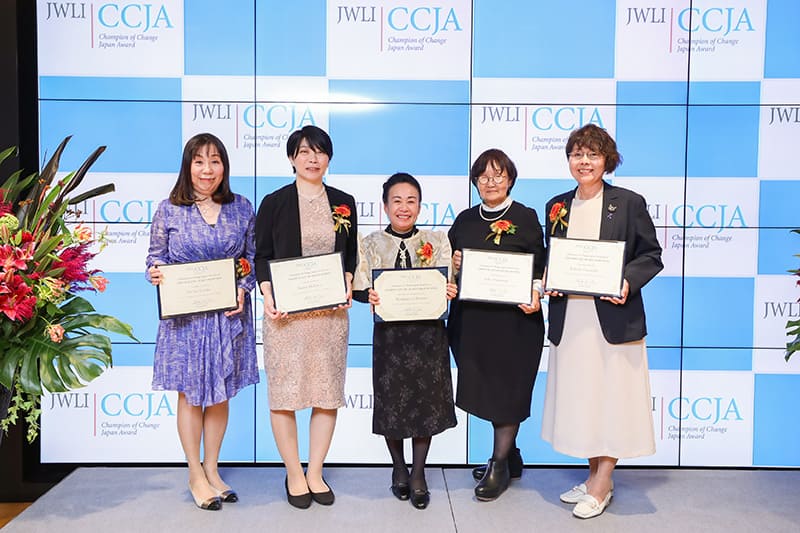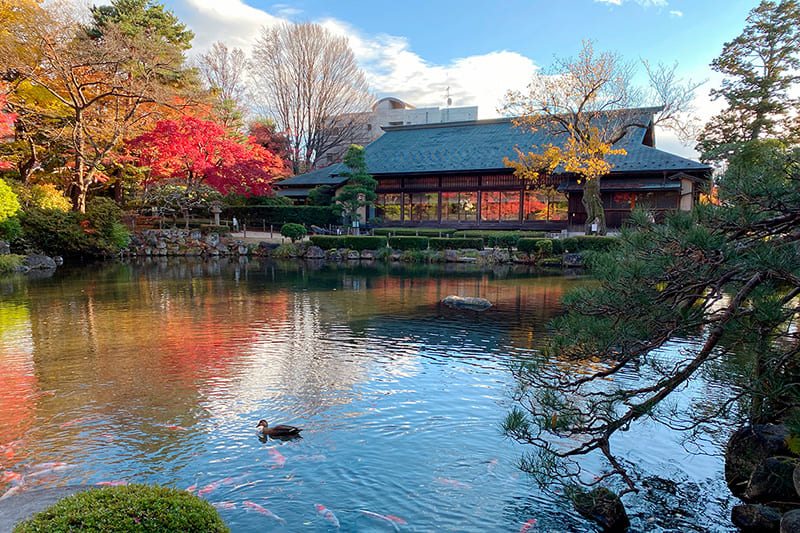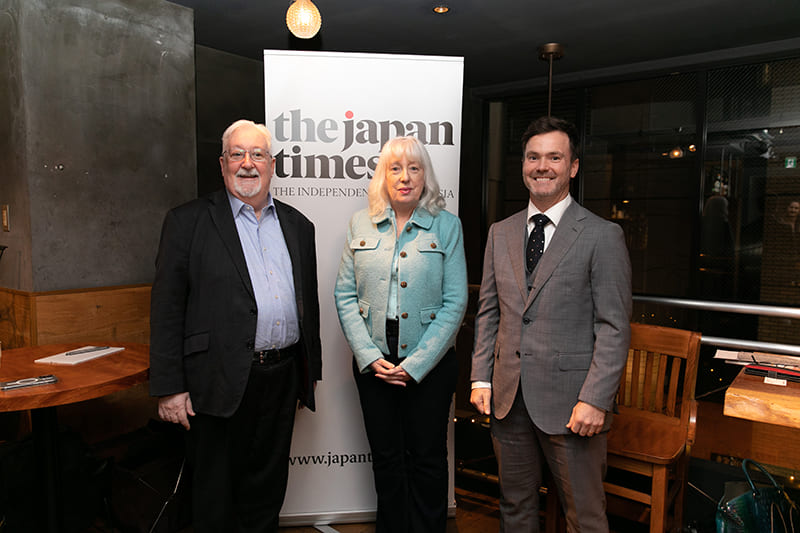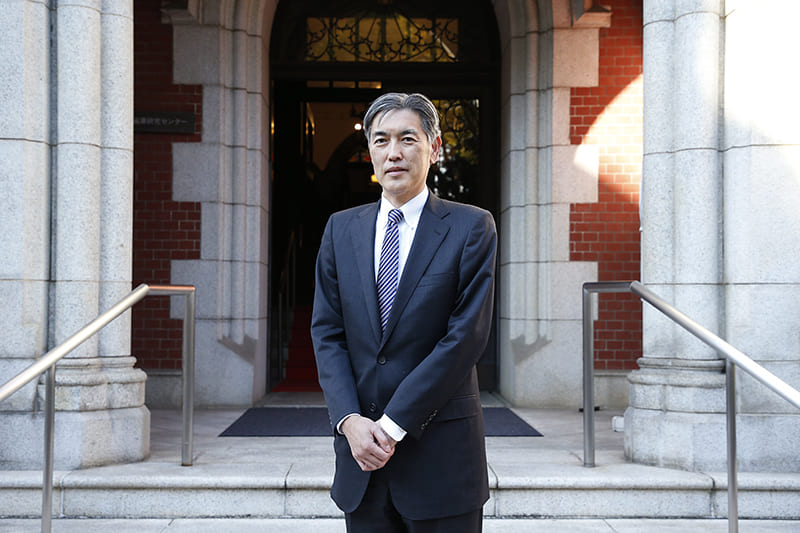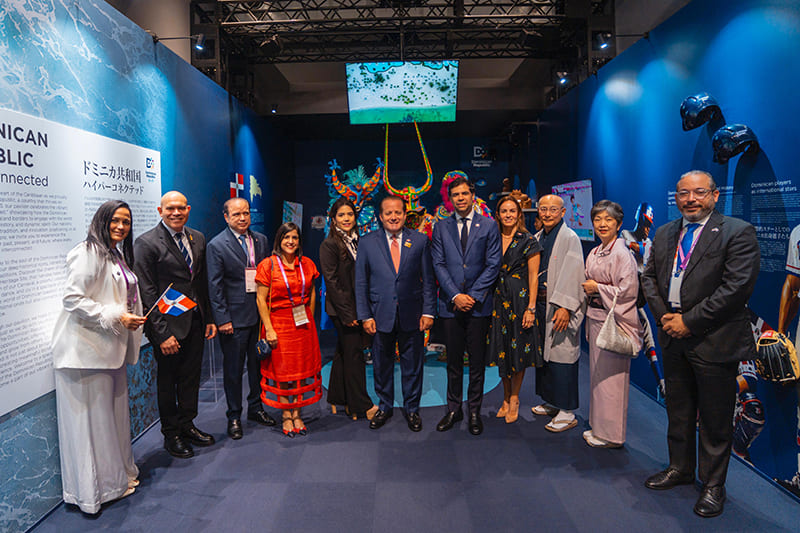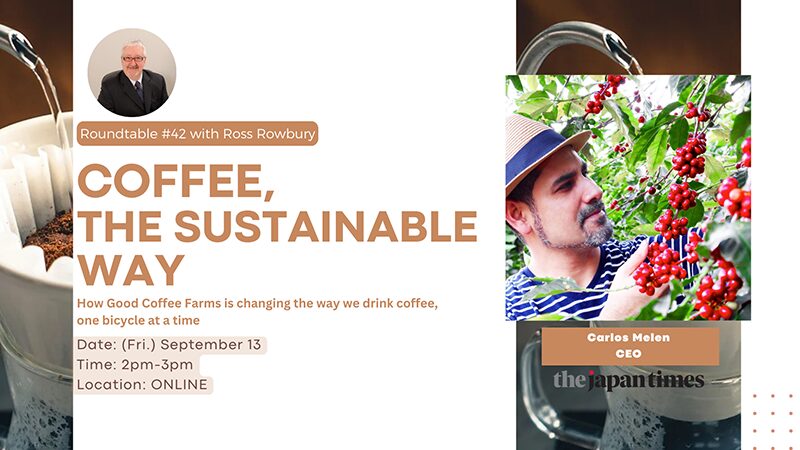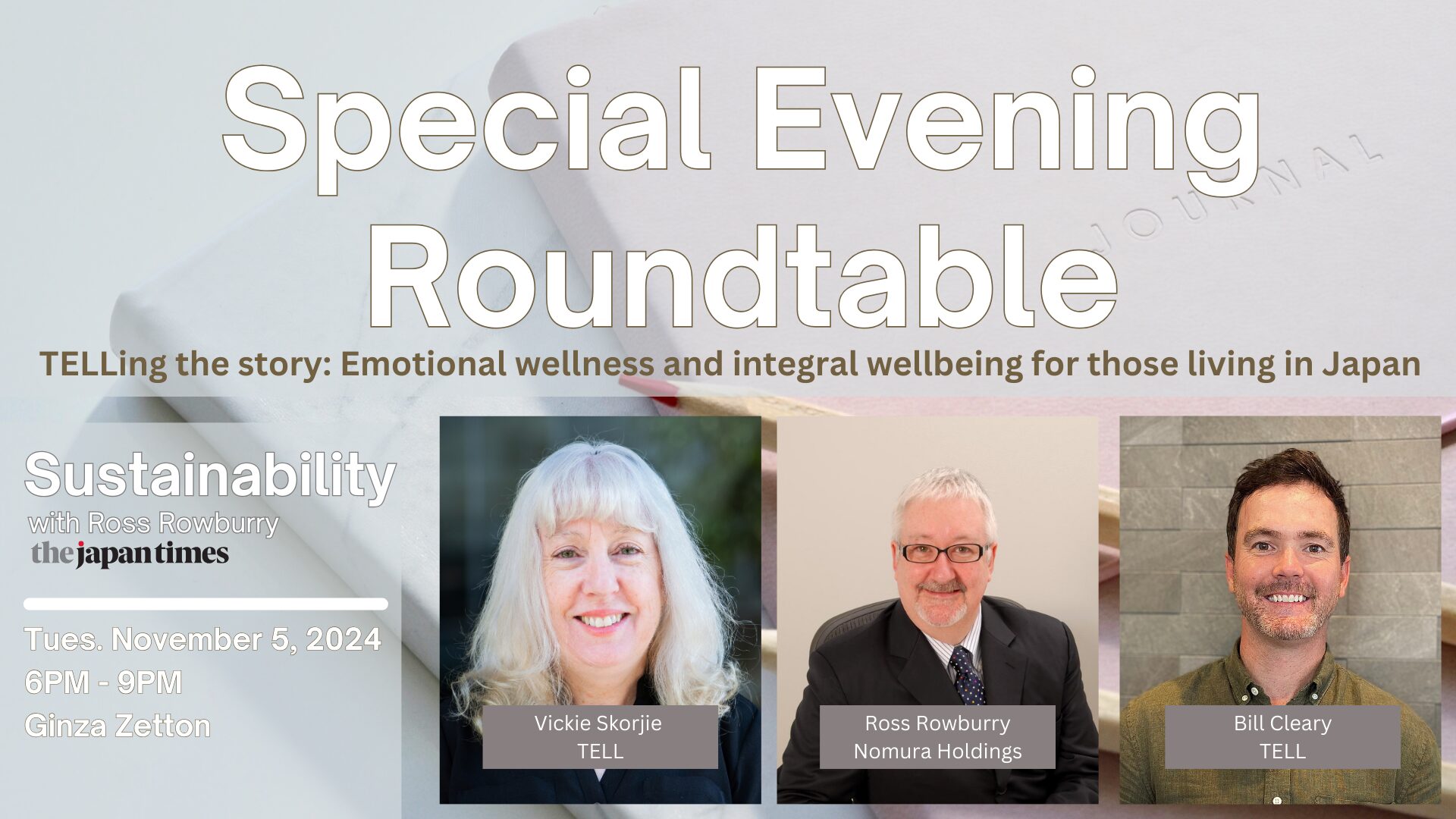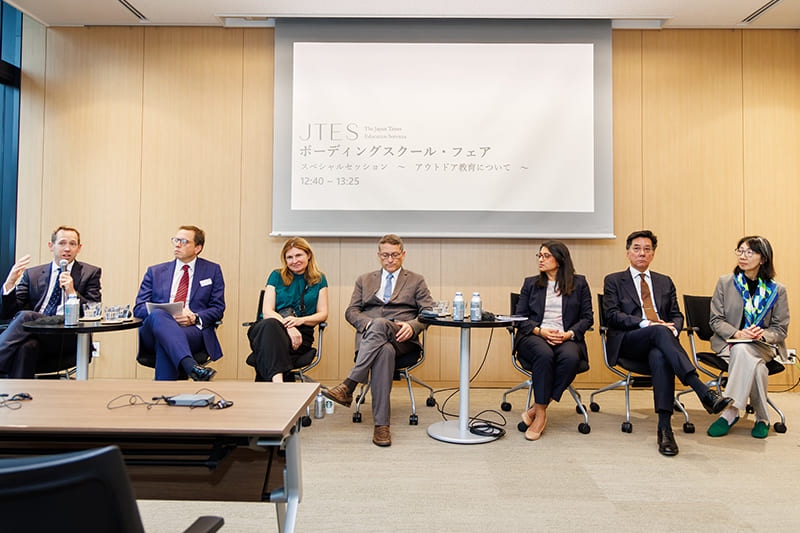February 21, 2025
Supporting women’s social participation is Cartier’s commitment
LUXURY BRAND
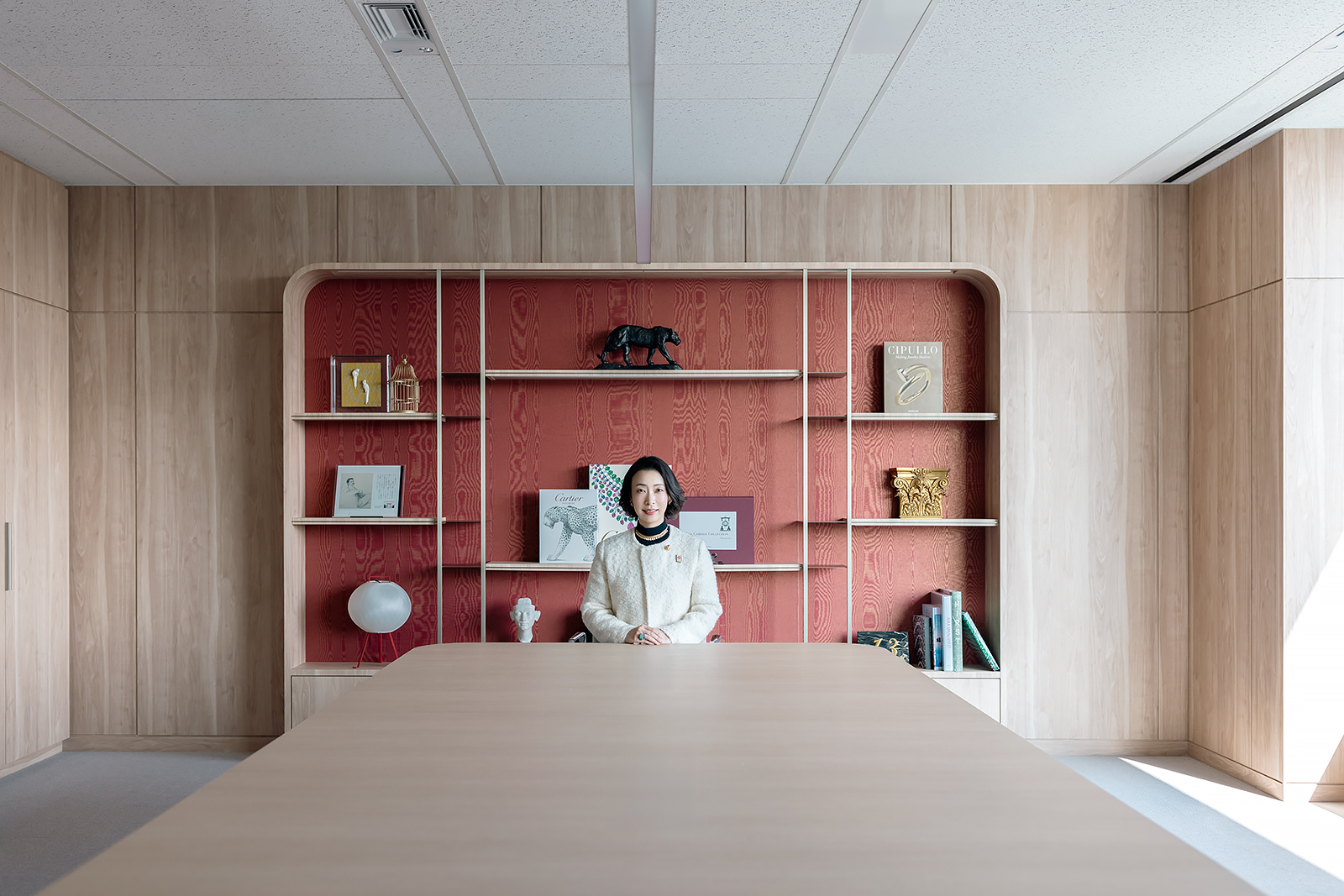
PHOTO: YURI ADACHI
When it comes to women’s status and social standing, the unfortunate reality is that Japan trails much of the world. It ranked 118th out of 146 countries in the World Economic Forum’s Global Gender Gap Index in 2024, reflecting a strikingly low level of women’s participation in society, especially in the political and economic spheres. Even setting such indexes aside, it is not uncommon to encounter situations and statements suggesting that many Japanese women themselves lack awareness of this. So how can things be changed?
One company that has made a notable commitment to women’s empowerment is the French luxury house Cartier. In 2006, Cartier initiated the Cartier Women’s Initiative, which aims to drive social change by supporting female impact entrepreneurs. In 2012, it established Cartier Philanthropy, which aims to improve the lives of communities living in poverty and in particular supports children and women.
Now it is collaborating with the Cabinet Office, the trade ministry and the Japan Association for the 2025 World Exposition on the Women’s Pavilion at Osaka’s Expo 2025, which opens in April, after following a similar project at Expo 2020 Dubai.
We visited June Miyachi, the president and CEO of Cartier Japan, at her office in the Hanzomon area of Tokyo’s Chiyoda Ward to hear her thoughts on what underlies Japan’s sluggish progress on women’s empowerment.
Miyachi joined Cartier in 2017 and assumed her current position in 2020. Her appointment coincided with the beginning of the COVID pandemic, and so her first priority was to protect the lives of employees.
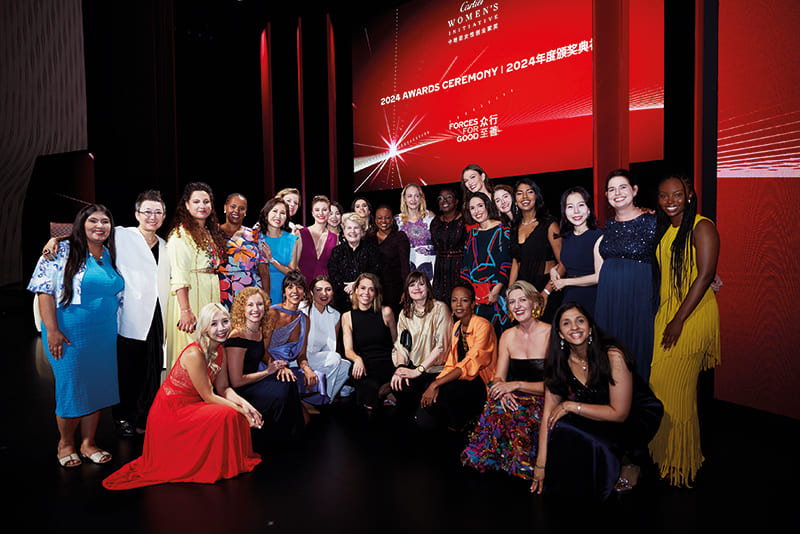
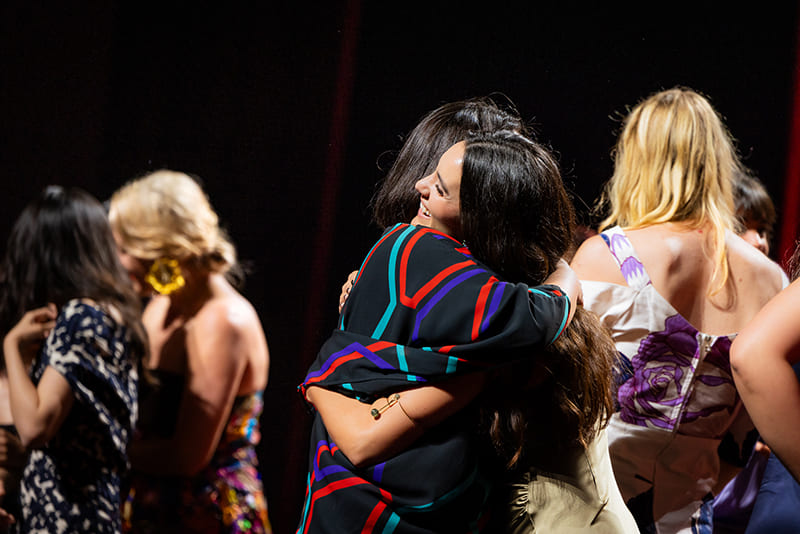
The Cartier Women’s Initiative is an international entrepreneurship program established in 2006 by Cartier to recognize, support and encourage female entrepreneurs. Thirty-three impact fellows received awards in 2024.
COURTESY: CARTIER
“The first mission I worked on as I assumed my role was to close all the stores. Every day, we were trying to keep our staff safe and employed. Our organization is of course supported by our staff as well as our clients, but during that period, I realized that a company is supported by a larger ecosystem that includes employees’ families and their various circumstances,” Miyachi recalled. Since that time, there has been four years of dynamism and growth, with the business getting bigger every year.
“As we went through that immediate crisis management and then our operational successes, we started being able to focus on our long-term vision in Japan: seek to enrich people’s lives and our culture and society, through the quest for timeless beauty,” she said.
So how should a luxury goods maker — a “maison,” as they are known — contribute to society and culture? Women’s empowerment has long been a part of the answer.
“For Cartier, women are a never-ending source of inspiration and remain the foundation of the maison’s creativity and values,” Miyachi said. “Jeanne Toussaint, who was appointed creative director in 1933, was a powerful figure known as ‘Panther Woman’ after the house’s symbol, the panther. Her spirit lives on within the maison and I believe it was natural for us to support women’s advancement.”
She continued: “Ranking 118th in the Gender Gap Index does not necessarily mean Japan has not taken measures. However, in relative terms and from a global perspective, there is much room for improvement and acceleration. Other countries have been tackling the issue as well, and there is much to learn from exchanging common challenges and solutions, which is also what we are aiming to initiate through the dialogues at the 2025 World Expo. I believe there are three major levers in order to accelerate the advancement.
“One is general awareness. We need to turn on the ‘awareness switch.’ Once you have awareness, then your perspective on the world changes and you start to notice things.
“The second is the commitment of leaders. I believe the commitment from leadership, especially in economic and political spheres, could have an impact in moving the needle.
“The third is environment to create an environment that encourages women to advance in society. Ideally, over time, this kind of encouragement would become unnecessary.”
The Women’s Pavilion will open its doors, aiming to raise awareness and engage the visitors to be inspired on this topic of women empowerment. The tagline of the pavilion is Living Together, Designing Together, For the Future.
The pavilion was designed by architect Yuko Nagayama. It is noteworthy because the facade has been made using the original facade of the Japan Pavilion at the Dubai expo.
“At the Osaka 2025 expo, we hope visitors can feel, think and then act,” Miyachi said. “We want people to realize each one of us is a stakeholder.”
More than 150 events are planned for the “WA” space — named from Japanese characters meaning “harmony,” “dialogue” or “circle” — on the second floor of the Women’s Pavilion. It is hoped those sessions will turn the “awareness switch” on and accelerate the advancement of women in society. With strong female leaders like Miyachi in charge, that would seem likely.
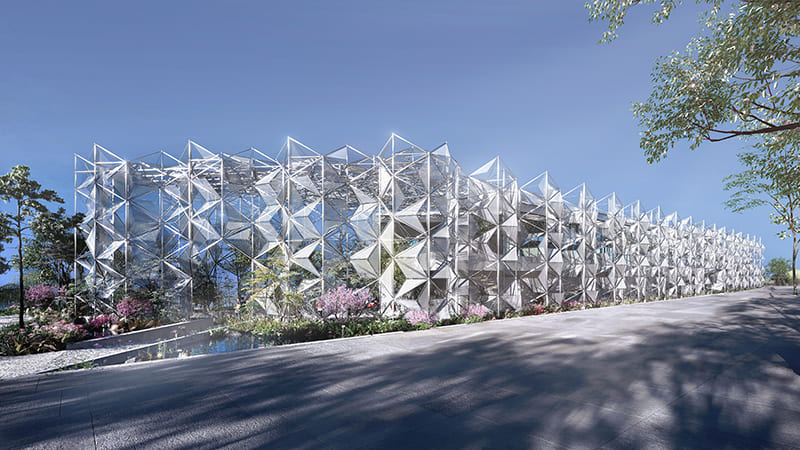
COURTESY: CARTIER
JUNE MIYACHI
After graduating from Kyoto University, she began her career in investment banking. After getting an MBA from INSEAD, she developed her career in the luxury industry. In 2017 she joined Cartier, Richemont Japan Ltd. and was appointed as Cartier Japan president and CEO in August 2020.
女性支援は<カルティエ>のコミットメント。
ウーマン エンパワメントの取り組みを行う企業に〈カルティエ〉がある。同社は2006年に、女性インパクト起業家の支援を通して、社会に変革を起こすことを目指す『カルティエ ウーマンズ イニシアチブ』を創設。2012年には、貧困のなかに置かれる地域のコミュニティの生活改善を目的とする『カルティエ フィランソロピー』を設立した。さらに2020年ドバイ万博に続き、今年4月に開幕する大阪・関西万博では、内閣府、経済産業省、博覧会協会との共催で、女性のエンパワーメントなどがテーマの「ウーマンズ パビリオン in collaboration with Cartier」を出展する。
カルティエ ジャパン プレジデント&CEO宮地純は「カルティエにとって、女性は尽きることのないインスピレーション源で、創造性と価値観の基礎であり続けています。1933年にクリエイティブディレクターに抜擢されたジャンヌ・トゥーサンは力強い女性で、その精神はメゾンのDNAに脈々と引き継がれ、私たちが女性の活躍を応援することは自然な流れでした」と語る。
Return to Sustainable Japan Magazine Vol. 45 article list page

